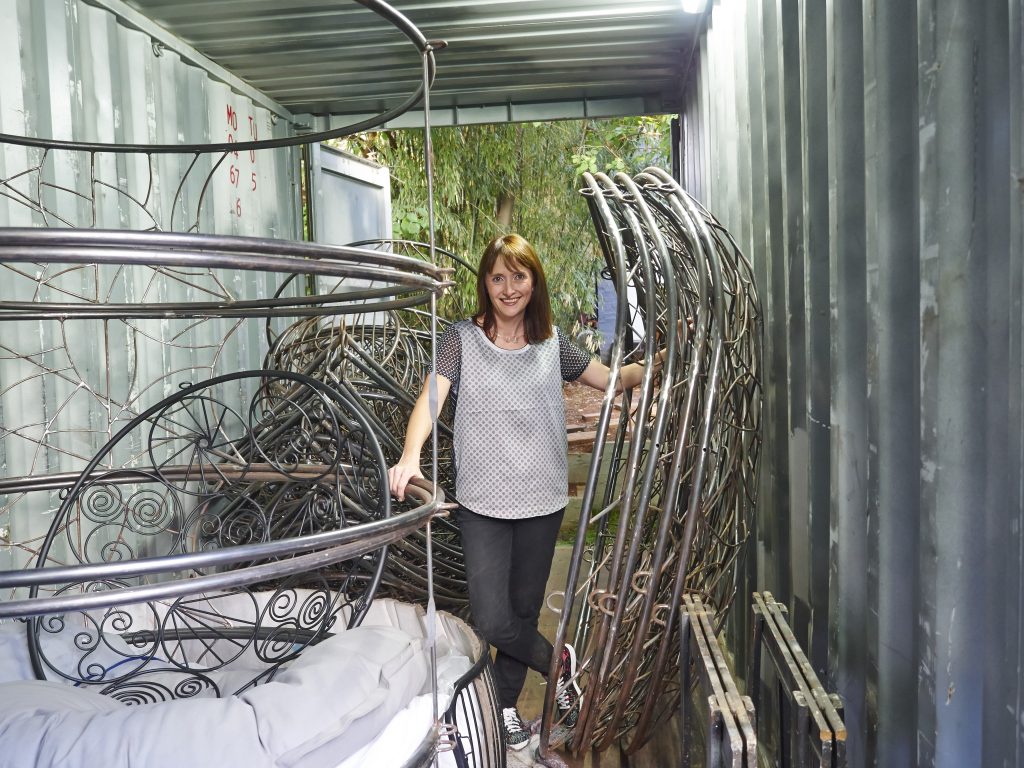Business Day Commercial Property
Interior Design For A Brave New World
The business world has been toying with the idea of working from home long before the COVID-19 wave hit global shores and accelerated a change in the way we work. It is now undeniable that the “To Let” and “For Sale” signs adorning South Africa’s once vibrant economic hubs are clear indicators that workspaces are changing and working away from the office is now a reality.
So, do we scrap offices altogether and let those workspaces become like shipwrecks and museum relics? Not so fast, says futurist and economist Bronwyn Williams, partner at Flux Trends. She says that while the pandemic has changed the way we use and design buildings, offices are critical spaces for innovation and connection.

“We used to think that the office led to distractions and lost productivity. But the conversations sparked at the coffee station, or in an impromptu chat with a colleague, often result in innovation,” she says.
Williams refers to research conducted by Yale University’s Department of Economics about the effects of alcohol prohibition on human invention. “It’s a fascinating insight into how in-person communication is important for the creation of new ideas,” she says. Other research published by The Economist suggests that people work longer hours when they work from home and that email communication is often not as effective or productive as people hoped.
Nevertheless, we can’t go back to open-plan, close-contact, air-conditioned office spaces. We have to nurture innovation by encouraging connection and meaningful in-person engagement without spreading disease. Even with the arrival of the COVID-19 vaccine, employers will still have to ensure extra health and safety measures.
What can we expect?
“We’ll begin to see office spaces that are more modular, with smaller ‘pods’ in which to work,” says Williams. These modular spaces are not the private room offices seen in traditional offices; they allow for more containment without being completely closed off and can be used for small meeting groups. They can also be portable and remodelled to fit requirements.
Williams says that the hot desking system, whereby desk space is allocated to workers on a rotational basis, is probably the most viable system for these times. Workers can spend a portion of their working time in the office, ensuring easier adherence to safety measures.
Joanina Pastoll, creative director and owner at Studio Stirling, says that COVID-19 has changed the way we think about office interior design. In particular, office furniture will have to be multifunctional and mobile to save money and promote hygiene.

“As office interior designers, we have to ask ourselves whether a piece of furniture can be used as a meeting table, a conference table, or a socially-distanced lunch table. The height of a table, for example, could also change for a standing meeting, and then revert to a seated work station,” says Pastoll. Standing desks are popular for quick, efficient meetings, and promote health and safety, especially as exposure to people for longer periods increases the risk of viral droplet spread.
For aesthetic purposes, Pastoll suggests customised multifunctional furniture that, when adapted, fits harmoniously into a space.
“We also need to start thinking about ventilation and light,” she says. “How do we get air to move in an office? Do we need to think about having more outdoor spaces, especially in a country like South Africa? Does an office worker take a new collapsible ‘desk’ with shade and anti-glare solution and set up anywhere they deem safe and hygienic? There are many questions around this. We have to think outside the box to redesign office space and human interaction.”
She suggests designing “nesting” spaces in offices. “The pandemic has shown us how important it is to find quiet time to destress. There is plenty of research pointing to the benefits of meditation, mindfulness and rest for productivity.” Pastoll adds that these nesting spaces with appropriate furniture could also be placed outdoors.
“Office interior designers have to embrace multifunctionality and be open to radical changes and shifting needs. It’s daunting yet exciting,” she says.






 Sign-up and receive the Business Media MAGS newsletter OR SA Mining newsletter straight to your inbox.
Sign-up and receive the Business Media MAGS newsletter OR SA Mining newsletter straight to your inbox.